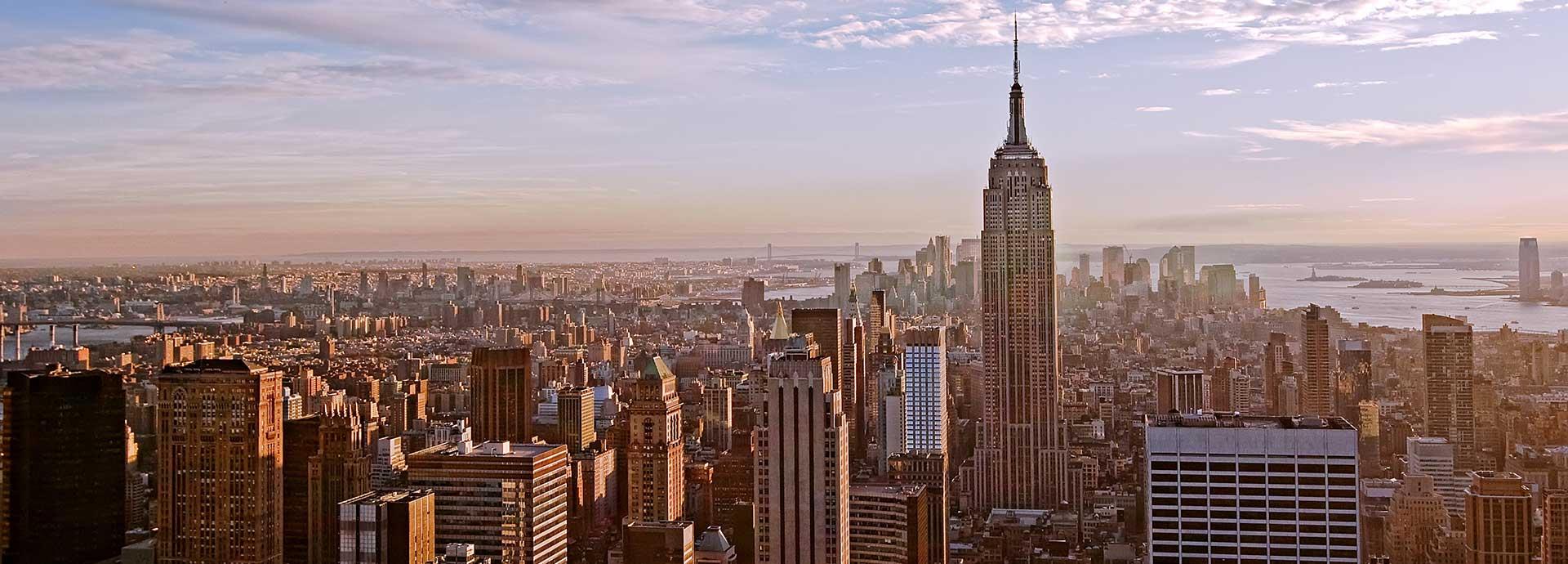

Governor Andrew Cuomo’s pursuit of a 100% renewable energy future for his state has proven to be popular among its residents. What does his plan entail, and how realistic are his goals? Read on to know more.
When it comes to pursuing clean and green energy, New York residents are in favour of a renewable energy future, one that they feel can only be beneficial for their state.
“It’s important for our well-being to transition to clean
energy,” says Portia Shea, a Manhattan resident who conducts public health research at Yale University. She believes a shift to clean energy would likely affect her day-to-day life “for the better” and expresses
support for renewable energy even if there’s an incremental cost increase associated with the shift.
Meanwhile, Anna Davies, a Brooklyn resident who majored in environmental studies at Dartmouth College, says, “Right
now, a lot of people are being mindful about their own energy consumption, but we need to think bigger, beyond the home, to restaurants, offices, and the bigger energy system. I think that’s what’s going to really change the trajectory
[of climate change].”
The conversation around clean energy in New York has increased over the past year, with residents urging lawmakers to pursue renewable energy options. This makes New York Governor Andrew Cuomo’s
“Green New Deal” initiative, a part of his 2019 Justice Agenda, a timely and bold plan to achieve 100 percent carbon-free electricity in the state by 2040.
The path towards a 100% renewable future
In a press release, Cuomo’s office said, “New York will move boldly to achieve [a carbon-neutral future] with specific near-term actions and long-term strategies to spur unparalleled innovation and transform the state's electric, transportation, and building infrastructure…This landmark initiative will further drive the growth of New York's clean energy economy, create tens of thousands of high-quality 21st-century jobs, provide all New Yorkers with cleaner air and water by reducing harmful emissions, and set an example of climate leadership.”
Cuomo’s announcement comes amid a broader conversation about the U.S.’ energy transition, as three states – California, Hawaii, and New Jersey – have already set their own clean energy transition goals.
So how will New York go about this plan? Cuomo’s goals include USD 1.5 billion in awards to support 20 large-scale solar, wind, and energy storage projects in upstate New York and increasing New York’s Clean Energy Standard from 50 to 70 percent renewable electricity by 2030.
Environmental advocates, who have long sought aggressive climate change policy in Albany, have applauded Cuomo’s plans and are also optimistic about the prospect of legislation that goes a step farther than Cuomo’s proposal this year. Conor Bambrick, Air & Energy Director at Environmental Advocates of New York, says, “It’s really great to see the governor come to the table and put forth legislation on climate policy. This is the first time he’s put forth climate policy into law.”
Bambrick adds that Environmental Advocates hopes to see the passage of the Climate and Community Protection Act, legislation enacting a range of climate and energy policies that complement Governor Cuomo’s plan.
“The Climate Community Protection Act would reorient the state towards a zero emissions target. To get [to a zero-emissions future], you have to come up with a plan to get the state towards it. The legislation brings together
a Climate Action Panel made up of experts and stakeholders to determine the appropriate benchmarks to measure progress and determine what regulations and incentives need to be put out there to make progress against climate goals,” he explains.
“We’re looking at representatives from the labour community, from the communities that’d be most impacted by this transition. It’s no small feat to transition an entire economy to a whole new energy source, so it’s important
to get feedback from the communities that’d be impacted the most.”
Opportunities for public-private partnerships
David Shultz, who is responsible for Northeast business development for Wärtsilä, notes that New York’s pursuit of a renewable energy future creates opportunities for public-private collaboration. He says, “To the extent that New York starts seeing the future around flexible generation, that’s our bread-and-butter at Wärtsilä. Being aligned with how states see the future is a good place to be.”
Noting that the last 10 to 20 percent of renewable energy is the “most challenging” part of making the transition to 100% renewable energy along with the optimisation of the total power system, Schultz sees promise in Wärtsilä’s current work to surmount that challenge. Wärtsilä already deploys a host of solutions such as smart and flexible power plants and advanced energy storage systems which help entities shift towards 100% renewable energy in a phased manner.
Mikael Backman, Director of Solutions for the Americas in Wärtsilä Energy Business, also sees additional opportunities in helping New York plan its transition. He says, “We conduct a lot of modelling for markets, states, and even whole countries. Some states have a very open modelling and planning structure, where both industry and regulators get together and plan out the future, getting past politics to decide how to move forward on renewables and reliability. So, you can involve industry with regulatory and political stakeholders in the decision-making, analysis, and planning processes.”
Noting the long timeframe for building up renewable energy capacity, Backman emphasises that “the investment decisions being made now are crucial because you’re making investments for the next 20, 30 years.” With Cuomo’s goal of 100% renewable energy in mind, Backman adds that present capacity-building efforts may benefit from increased flexible capacity, in order to accommodate increased future demand of renewable generation.
Bambrick believes industry players have an important role to play in helping New York deploy the necessary technologies to successfully transition to renewable energy.
He says, “Once the plan’s out, various industry players will be able to look at it and say, that’s my niche and where I can play.”



